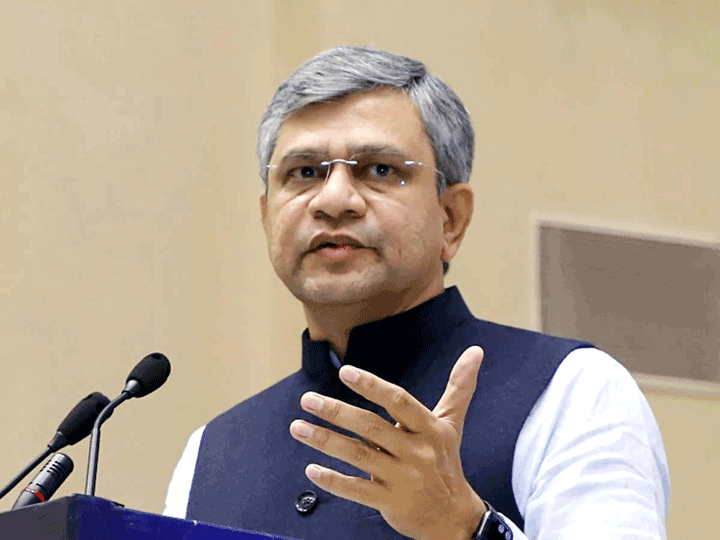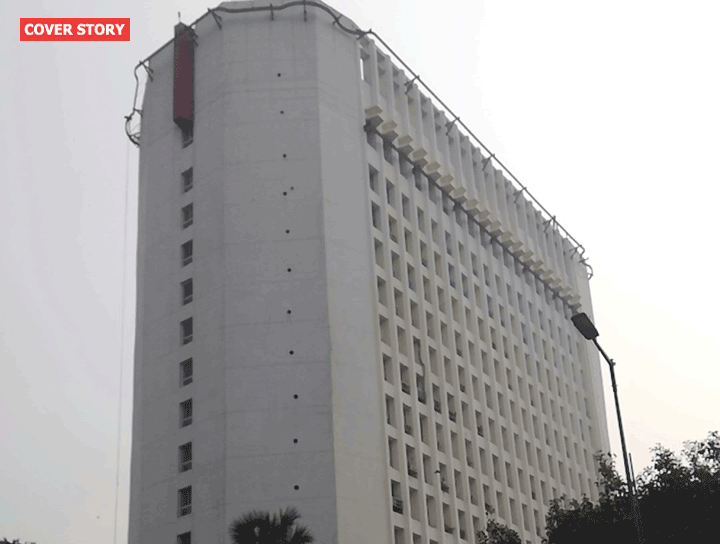Trai backs Public Private Partnership model for BharatNet implementation
The telecom regulator has recommended the public private partnership or ‘PPP’ model that aligns private incentives with long-term service delivery in the vein of Build-Own-Operate-Transfer/Build-Operate-Transfer (BOOT/BOT) models for implementing the national broadband project, BharatNet.
In its recommendations to the government, the Telecom Regulatory Authority of India (Trai) broadened the scope of the private sector company or ‘concessionaire’s’ role in implementing BharatNet.
“The scope of the concessionaire’s work should include both deployment and implementation of optic fibre cable (OFC) and other network infrastructure as well as operating the network for the concession period,” said Trai Monday in its recommendations to the government on implementing BharatNet.
The sector regulator said “concessionaires would be entitled to revenue proceeds from dark fibre (read: unused fibre) and/or bandwidth”.
Trai has suggested that concessionaires be selected “through a reverse bidding process to determine minimum viability gap funding (VGF) sought for the concession”. And it added that the “area of implementation may be analogous with the licenced service areas (LSAs) of the state/union territory”.
The sector regulator said “the use of reverse bid process to determine the lowest VGF sought can ensure that amount of support from public funds in rational”.
In its consultation paper on implementing BharatNet, issued last November, Trai had defined the BOOT model as a form of ‘concession in which a public authority makes an agreement with a private company (concessionaire) to design, build, own and operate a specific piece of infrastructure such as a power plant, a telecom network, a road or a bridge, along with the right to earn income from facility for a pre-decided period of time (concession period), and later transferring it back to into a public ownership”.
In its recommendations, Trai said the “period of concession should be co-terminous with the technical life of the fibre, and at present the consensus on this is 25 years”.
Such a period, it said, should be sufficient time to align the “concessionaire’s incentives with high quality installation for service delivery, while also providing a large enough window to make a reasonable profit”.
The (concession) period may be further extended in blocks of 10/20/30 years at the mutual agreement of the government and the concessionaire.
According to Trai, the “contracting agency may, in the first phase, explore the appetite and response of the potential BOOT participants through bidding process”. This, it said, can either be done in one go for the entire country (by having states/LSA or packages as ‘Schedules’) or it can be done beginning with certain states with larger potential of bidders’ response”.
In the second phase, (after excluding those area where BOOT model can be implemented), “an EPC contractor may be selected,” said the regulator.
Such EPC contractor should be responsible for building the network and would have defect liability period of two years after completing the network. When the network is about to be completed, the contracting agency should engage a third party (through bidding process) who should be responsible for managing and marketing the network as per the broad principles laid down by the government. The overlapping defect liability period of two years should be used to ensure smooth transition from construction to maintenance phase.
The Trai has insisted that “care be taken to ensure that the concessionaire provides access to all service providers in a non-discriminatory and transparent manner. Such competition is essential given that all manner of content (including entertainment, entitlements and government services) will be delivered on the network”.
In addition, it said, the relationship “between the concessionaire and the service provider should be at arm’s length”. This, the Trai, feels, can be ensured by mandating a legal separation of the businesses of infrastructure provision and service provision in case of overlapping interests to preclude the possibility of a vertically integrated entity abusing its position.
Trai has suggested that both central and state governments “act as anchor clients to purchase a minimum amount of bandwidth (100 Mbps) at market prices for the provision of services”.
Additionally, it has called for mandating of a minimum amount of fibre (e.g. 50 per cent) be set aside for use by other service providers in order to encourage competition may be considered.
The telecom regulator, however, perceives ‘Right of Way’ (RoW) as a major risk factor by the private sector, safeguards recognising such a possibility and outlining the steps to be taken must be put in place under the agreement to attenuate such risk and encourage participation.
“Guaranteed provision of free RoW is a necessary and non-negotiable precondition to successful deployment of BharatNet, subject to the reinstatement of public property to its original condition,” said Trai in its recommendations to the government.
Trai has also suggested that the central and state government should also consider “becoming involved with the concessionaire by picking up a becoming a minority (26 per cent) equity partner in the selected consortium. This, it said, “can reduce the perceived risks and lower the costs of obtaining private finance while also automatically solving the risks associated with windfall profits,” said the regulator.
Such government involvement as stakeholder in BharatNet would help in reining in monopolistic behaviour on the part of the concessionaire”











